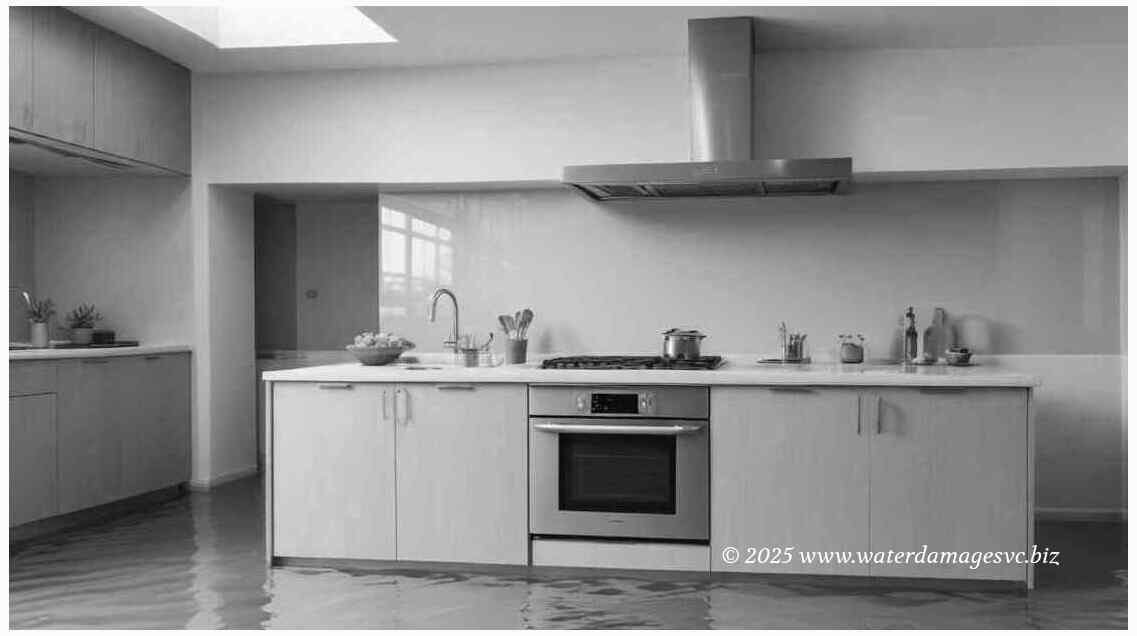Moisture meters come in two types: pin-type and non-penetrating. Pin-type moisture meters use electrodes that penetrate into materials, while non-penetrating meters work by measuring the electrical conductivity of surfaces without damaging them.
Pin-type moisture meters are usually more accurate, but they require making holes where measurements will be taken. Non-penetrating moisture meters don't cause any damage to structures but may not always provide as precise results.
Here's how you can implement both types of moisture meter when carrying out emergency water removal and damage repair:

1. Establish baseline readings - Before beginning any work on site create a record of baseline readings from unaffected areas such as adjacent rooms or floors. This will give an idea of typical dryness levels in different parts of the property so that deviations from these norms can be identified later on.
2. Make sure your tools are calibrated correctly - Calibration is essential for ensuring accuracy when taking measurements so make sure your tools are up-to-date and working properly before starting.
3. Take multiple readings at each location - Ideally 4-6 separate points should be measured at every location indoors using a grid pattern which includes corners, edges (as water likes to settle here), thresholds between doorways/skirting boards etc., under structural components like floorboards which may retain additional water
4. Document everything! Record all your data accurately using digital photo documentation also noting down key observations during initial inspection services offered throughout recovery phase including samples tested taken for lab analysis
5. Train staff - Training ensures proper equipment use, hazards identification safe practices performing measurements general health and safety awareness.
By using moisture meters in a structured way, you can ensure that all affected areas are properly dried during the restoration process. This will not only protect property from further damage but also safeguard health of occupants by preventing mold growth which may lead to respiratory problems after prolonged exposure.